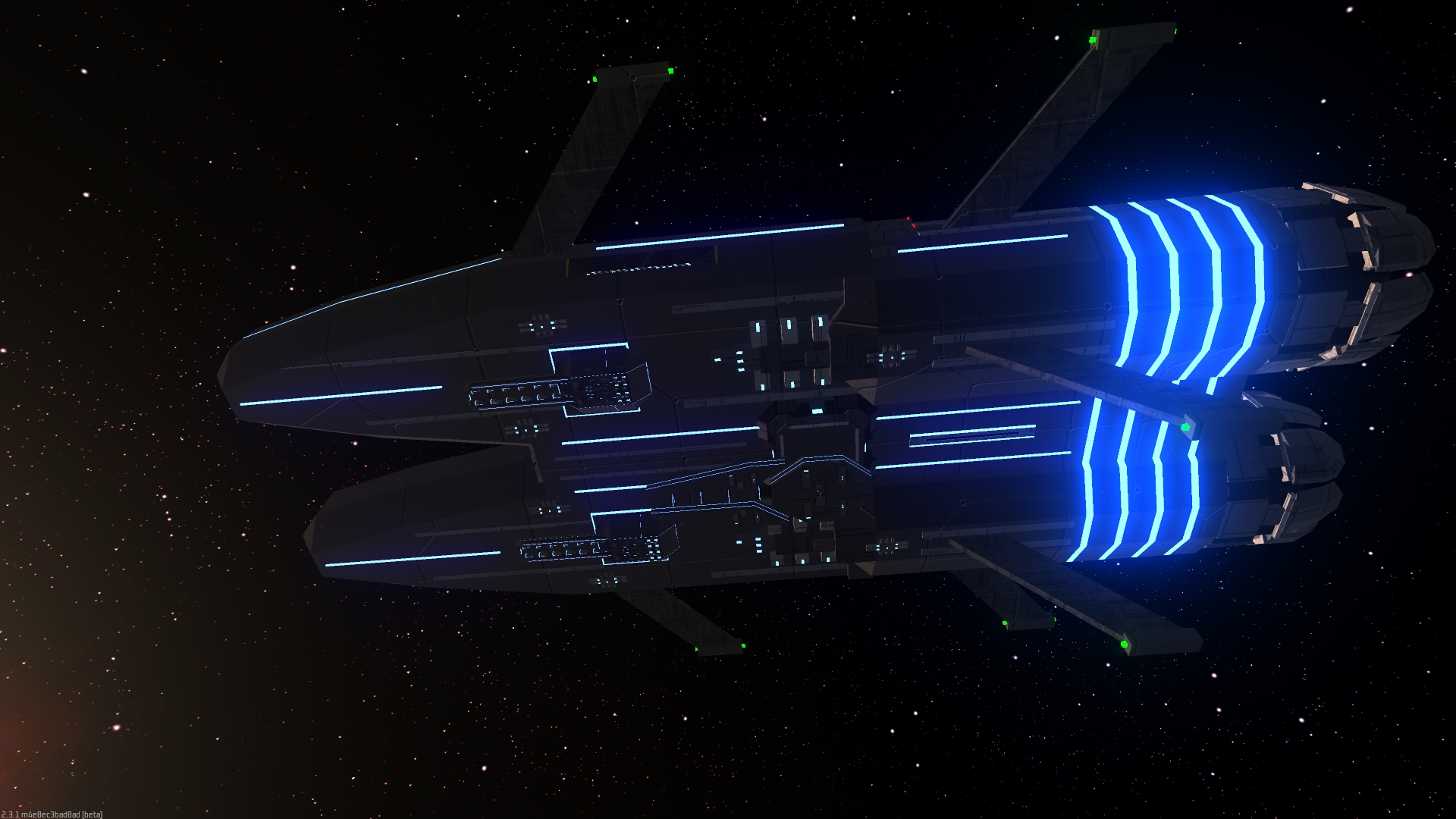Micars
The homeworld of the Micars Empire.
The world is hit frequnently by meteor strikes. Large areas of the surface consist of meteor craters with life growing in it. During the Drath pre-FTL stage, they managed to find a lot of rare metals in these asteroids that normally would not have formed so commonly on most worlds. They also found these materials deep underground, brought to the planet via meteors that hit the world eons ago.
While the dust pickups from these asteroids blocked the sun, it happened rare enough that life still had enough to regrow in a partilcular area when the dust settled.
It would often take several months for the dust to resettle after most of these meteor strikes. As the dust would fall back to the ground after the meteor strikes, these events became excellent chances for the biosphere to regrow. Some species have adapted to make use of this, taking advantage of the tempoary void. Many of these species see a lot of sucess despite the highly random nature of asteroid impacts. The biosphere became reliant on these asteroid impacts despite them sometimes landing in drath towns and cities. Micars also has an atmosphere with high oxygen content and a relatively dense atmosphere. This is what allowd the Drath to evolve, the flight coming useful in many situations especially with the relatively high tectonic activity of the planet, forming large cliffs. Flight also made navigation significantly easier. However as a result of these conditions, megafauna has also evolved on Micars. There are several large predators which have killed and eaten drath during their history, but as they became more advanced this threat became mostly insignificant. As such, the drath evolved a significant fear of any creature larger than them and an exceptionally fast reaction time - allowing them to take off very quickly. Micars has a single, large moon that is tidally locked with Micars itself, meaning it will never appear to rotate relative to those on the surface of Micars. This moon has the greatest impact on the tides than any other body. The early Micars Empire used the moon to extract a measure of metal ore from it. Although the moon never held a significant population, some colonies were constructed in orbit around Micars and its moon (the latter was to provide the moon with a worker population).
It would often take several months for the dust to resettle after most of these meteor strikes. As the dust would fall back to the ground after the meteor strikes, these events became excellent chances for the biosphere to regrow. Some species have adapted to make use of this, taking advantage of the tempoary void. Many of these species see a lot of sucess despite the highly random nature of asteroid impacts. The biosphere became reliant on these asteroid impacts despite them sometimes landing in drath towns and cities. Micars also has an atmosphere with high oxygen content and a relatively dense atmosphere. This is what allowd the Drath to evolve, the flight coming useful in many situations especially with the relatively high tectonic activity of the planet, forming large cliffs. Flight also made navigation significantly easier. However as a result of these conditions, megafauna has also evolved on Micars. There are several large predators which have killed and eaten drath during their history, but as they became more advanced this threat became mostly insignificant. As such, the drath evolved a significant fear of any creature larger than them and an exceptionally fast reaction time - allowing them to take off very quickly. Micars has a single, large moon that is tidally locked with Micars itself, meaning it will never appear to rotate relative to those on the surface of Micars. This moon has the greatest impact on the tides than any other body. The early Micars Empire used the moon to extract a measure of metal ore from it. Although the moon never held a significant population, some colonies were constructed in orbit around Micars and its moon (the latter was to provide the moon with a worker population).



Comments